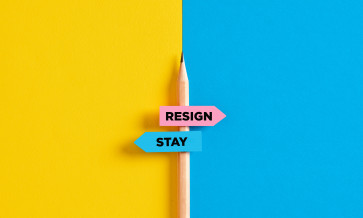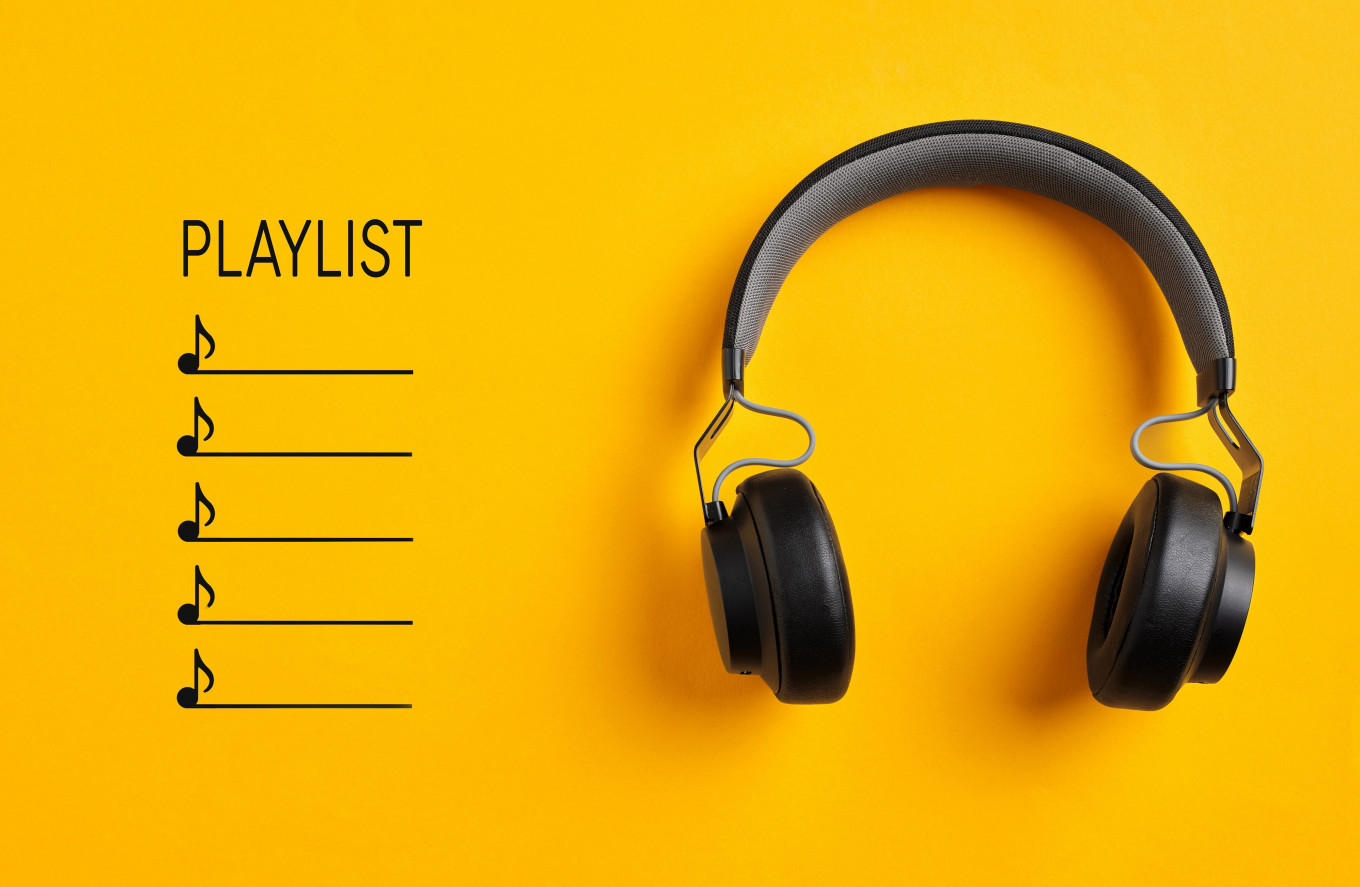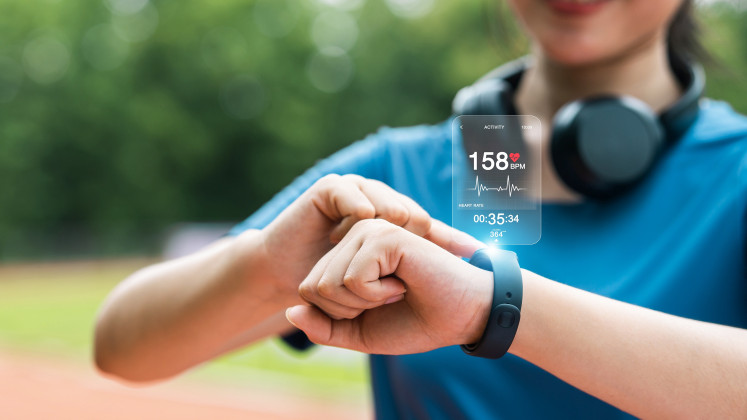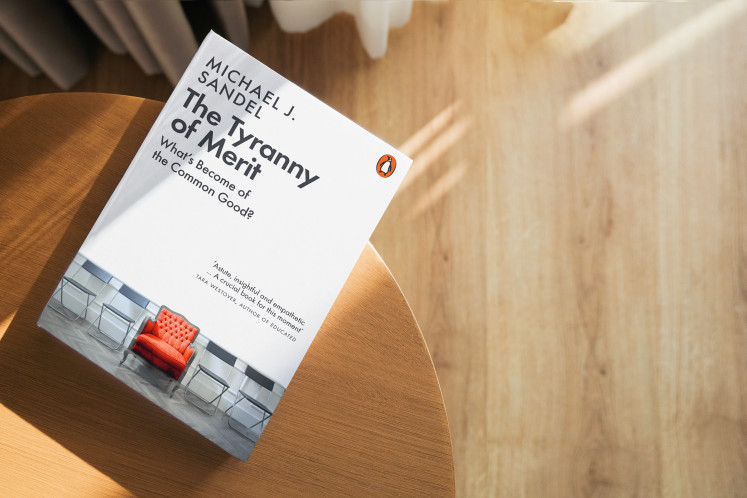Let’s be real. Some days, you need more than willpower to show up for that workout. You need a beat.
Whether you’re heading to your Sunday morning pilates class or trying to hit your daily 8,000 steps between meetings, the music in your ears isn’t just background noise. It’s your body’s silent coach, quietly syncing with your stride, your breath and your energy.
If you’ve ever noticed yourself walking faster when a Nicki Minaj track comes on, you’re not imagining it. A 2023 study in Frontiers found that rhythmic behaviors like walking and clapping often happen naturally, our bodies just want to move to the beat.
So if you’re going to move anyway, why not let music help you move better?
Step 1: Know your BPM (and no, this isn’t just for DJs)
BPM stands for beats per minute, and it’s one of the easiest ways to tailor music to your movement. It’s even used in CPR training, songs like "Stayin’ Alive" or "Baby Shark" fall into the 100–120 BPM range, helping people maintain the right tempo for chest compressions.

Thank you!
For signing up to our newsletter.
Please check your email for your newsletter subscription.
That same principle works when you’re trying to power through a workout.
For cardio? Most people thrive in the 120-140 BPM zone, think "Uptown Funk" or "Levitating", songs that give you a natural boost without feeling like you’re sprinting for your life.
And if you’re a runner trying to hit that magic 180 steps per minute, there’s a trick. You can match your stride to a 90 BPM track (one step per beat), or find playlists specifically designed for 170–180 BPM running cadence.
In fact, studies show that music can have an ergogenic effect, that’s science speak for “helps you perform better”. It works by releasing dopamine, the neurotransmitter tied to emotional satisfaction. Basically, the right playlist can help delay fatigue, boost focus and get you through that last exhausting set.
Step 2: Match your music to your movement
Not all workouts need the same vibe. Different types of music can set very different moods, even within the same session.
“Every music has its own character. And in the gym, we usually use music that can build adrenaline,” Abdillah Haady, one of the FTL Kemanggisan trainers, explains.
(Shutterstock)
During cardio or high-intensity training, fitness influencer Steven Chan says, “tempo is one of the most important. Fast-tempo music can naturally increase your movement speed and help you stay in rhythm.”
Annisa, a regular at FTL Kemanggisan, puts it best: “I mix it up. It depends on what the movement is. If it’s cardio, it’s upbeat. If I’m lifting, I go slower.”
Here’s a cheat sheet from real coaches and gym goers:
Cardio or HIIT? Go for EDM, hip-hop, or fast pop. Anything with a beat that makes your heart race (in a good way).
Strength training? Choose something slower but intense. Rock, trap, even R&B if you need a more grounded groove.
Cooldown or stretching? Try ambient or instrumental tracks, or that indie playlist you use for rainy introspection.
It’s not just about intensity, it’s about intention. Each tempo creates a different mood, and energy follows mood.
Step 3: Build your intentional playlist (not just a TikTok dump)
You don’t need a Spotify-certified playlist called “Hot Girl Workout Vibes” (unless that’s your thing). The best playlist is the one you’ll actually look forward to hearing.
Afdol Makhori, a bodycombat coach at FIT HUB, says music can totally shift a class.
“When members know the song, we all sing along. It makes the workout more exciting, for them and for me.”
And if you’re working out solo, that shared energy still applies. Familiar songs can trick your brain into associating effort with joy. That’s how you start to crave the workout, not dread it.
(Shutterstock)
Whether we’re walking casually or pushing through a tough exercise set, rhythm becomes an invisible coach that guides your pace and mood.
Step 4: Keep it personal
There’s no perfect playlist. There’s only your playlist.
Maybe you feel unstoppable to Dua Lipa, or maybe your power move is zoning out to Mitski while doing deadlifts. You do you.
At the end of the day, music isn’t just background noise, it can be your daily weapon. Whether you’re chasing a new personal record or just trying to survive another set, the right beat and the right gear can totally change the game.
So the next time you lace up, just put your headphones in and press play.
Zhafa Yuda Rehema is an intern for The Jakarta Post’s Creative Desk. He is an avid collector of headphones and is most likely to fall asleep to various ASMR videos.
























